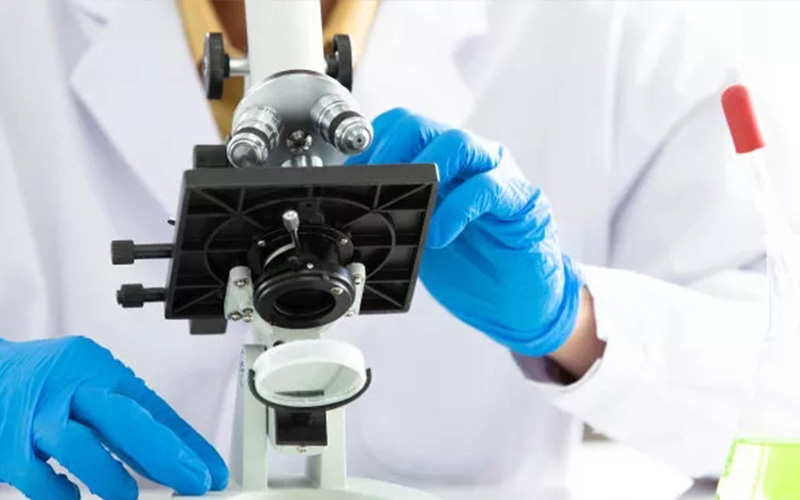English

What are you looking for?

Elemental tungsten blocks oxygen, acids and alkali metals and is a metal that resists strong corrosion.
The most common oxidation state of tungsten is +6 valence, but it is also available in oxidation states between -2 and +6. The most common oxide is the yellow tungsten trioxide, WO3, which can be dissolved in alkaline water to form WO4. Carbon can be heated with powdered tungsten to make carbides of tungsten (W2C and WC), W2C is usually not easily chemically reactive, but readily reacts with chlorine to produce tungsten hexachloride (WCl6).
In neutral or acidic aqueous solutions, tungsten can form anisotropic polymeric acids as well as polyatomic ionic acids, and as the tungstate interacts with the acid, it first forms the soluble sub-stable "paratungstate A" anion W7O6-24, which then transforms into the less soluble "paratungstate B "The paratungstate ion exists as a symmetric dodecatungstate octahedron (Keggin structure). Many other polyatomic ionic acids exist as sub-stable species, including the substitution of phosphorus for the two hydrogen atoms at the center of the metatungstate root to make variable anisotropic polymeric acids, such as phosphotungstic acid.
Tungsten trioxide can form embedded compounds with alkali metals called bronzes, such as sodium tungsten bronze and cesium tungsten bronze.
By hydrothermal method, the transition metal tungsten disulfide nanosheets with adjustable phase state were made from ammonium tungstate, ammonium molybdate and thiourea under specific reaction conditions, and these nanosheets were prepared as gas-sensitive sensors by drop coating or spraying on gold crossed electrodes to achieve the detection of acetone gas, a biomarker of diabetes, at a concentration of 1 ppm, which is important for achieving noninvasive detection of diabetes.

